Entry Category: Physical Geography
aka: New Madrid Seismic Zone
Nimrod Dam and Lake
North Fork River
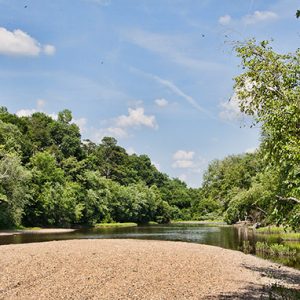 Ouachita River at Oden
Ouachita River at Oden
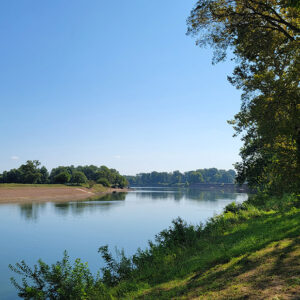 Oil Trough Park
Oil Trough Park
Ouachita River
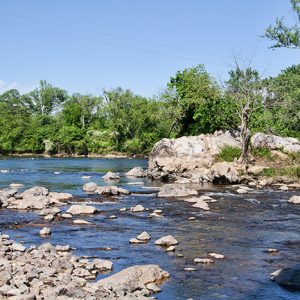 Ouachita River
Ouachita River
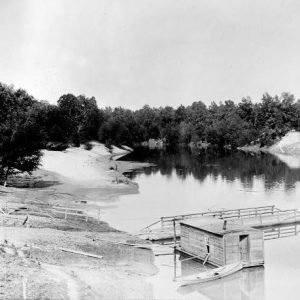 Ouachita River Ferry
Ouachita River Ferry
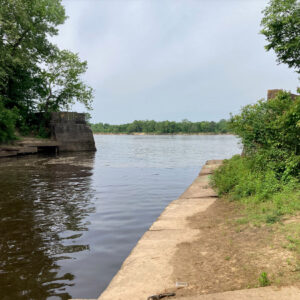 Palarm Creek
Palarm Creek
Palarm Creek
 Palarm Creek Park
Palarm Creek Park
Petit Jean Mountain
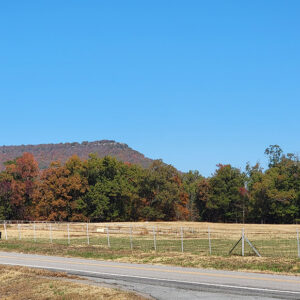 Petit Jean Mountain
Petit Jean Mountain
Petit Jean River
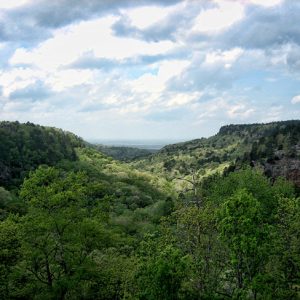 Petit Jean State Park View
Petit Jean State Park View
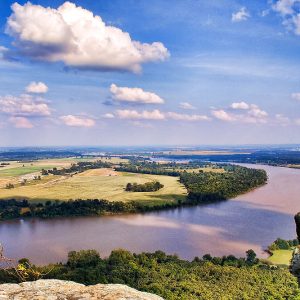 Petit Jean State Park
Petit Jean State Park
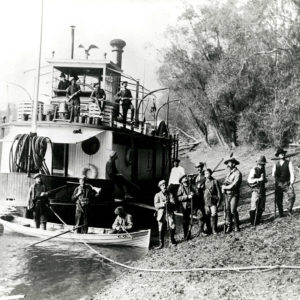 Phillips County Hunters
Phillips County Hunters
 Physiographic Regions
Physiographic Regions
Poteau River
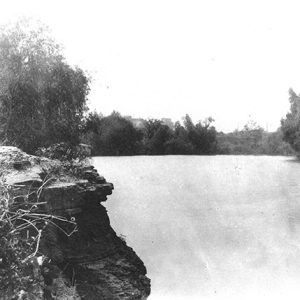 Poteau River
Poteau River
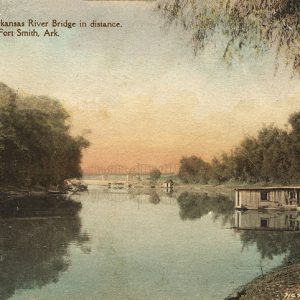 Poteau River at Fort Smith
Poteau River at Fort Smith
 Ravenden Springs
Ravenden Springs
Red River
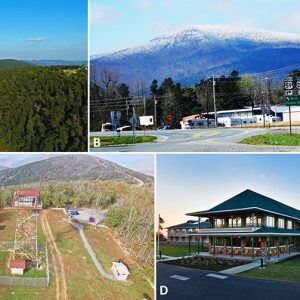 Rich Mountain
Rich Mountain
Rich Mountain
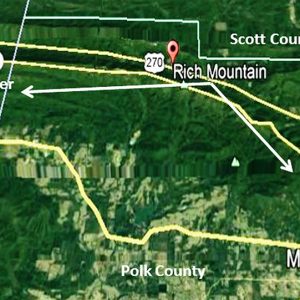 Rich Mountain Map
Rich Mountain Map
 Rich Mountain View
Rich Mountain View
River Designations
aka: Wild and Scenic Rivers
aka: Arkansas Natural and Scenic Rivers System
Rivers
Saline River
 Saline River
Saline River
 Saline River at Jenkins Ferry
Saline River at Jenkins Ferry
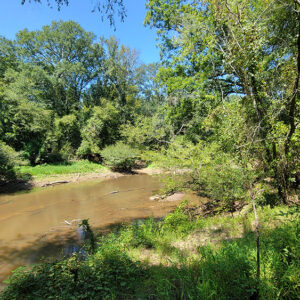 Saline River at Jenkins Ferry
Saline River at Jenkins Ferry
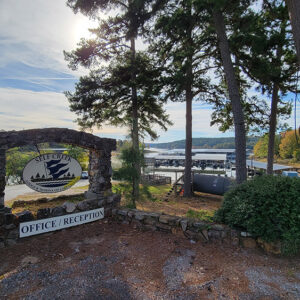 Self Creek Lodge and Marina
Self Creek Lodge and Marina
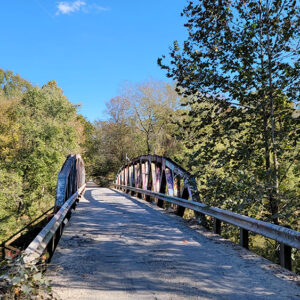 Shaw Bridge
Shaw Bridge
Soils
Spring River
Springs
 St. Charles Access
St. Charles Access
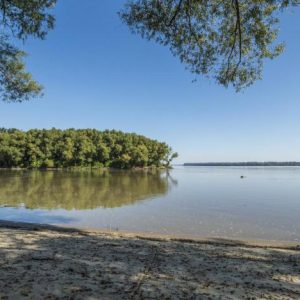 St. Francis and Mississippi Rivers
St. Francis and Mississippi Rivers
St. Francis River
Strawberry River
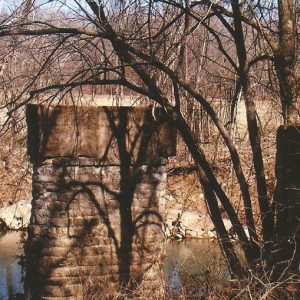 Strawberry River Bridge
Strawberry River Bridge
Sunken Lands
Table Rock Dam and Lake
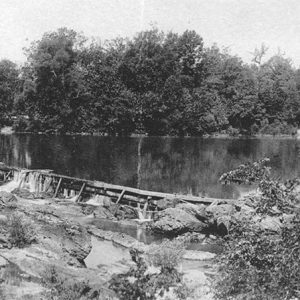 Thornton Dam
Thornton Dam
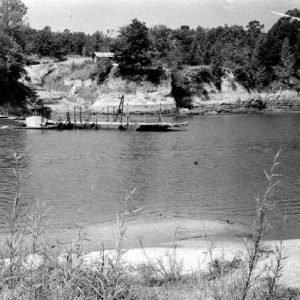 Toad Suck Ferry
Toad Suck Ferry
Tyronza River
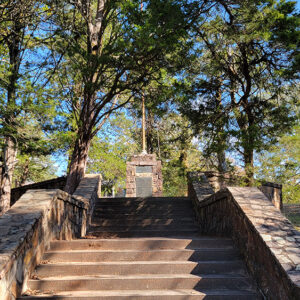 Water Works Monument
Water Works Monument
 Water Works Monument
Water Works Monument




